This webpage was produced as an assignment for an undergraduate class at Davidson College.
My Favorite Yeast Protein
Non-Annotated: YGR058W
In my previous webpages I noted that my non-annotated gene
YGR058W might be located in cell stress response. From DNA microarray analysis
it appeared to showed increased levels of induction during conditions ripe
for cell stress. Further, the gene clustered around genes related to cell
stress response and cell cycle. Thus I hypothesized that this gene is somehow
related to stress response though the exact function was difficult to determine
given the level of information currently available. After searching for protein
information for this gene I have found several more findings linking this
gene to cell stress response, as well as other information that held elucidate
this gene's location and function. Below you can see an image from MIPS.
This image reveals some interesting information. On the right side you can
see that this protein's isoelectric point is 9.32 and its molecular weight
is 38.3905 kDa. This database also reveals a similarity to a mouse calcium
binding protein called ALG-2 and a weak similarity to a mammalian protein
called calpain. I searched NCBI's Protein and OMIM databases for this protein
and found that ALG-2 is connected with programmed cell death. It is associated
with several other apoptosis proteins including PDCD6 and some
endophilins, which are proteins that regulate membrane shape. Some of these
proteins are related to cell death in disease's such as Alzheimer's disease.
Thus, this finding further connects YGR058W to cell stress, cell cycle, and
cell death processes.
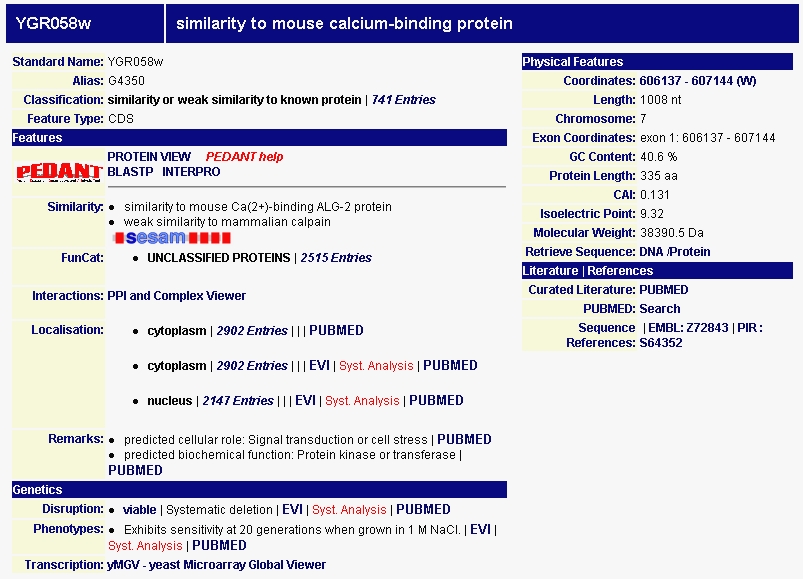
Figure 1- Data on YGR058W from MIPS
You can also see above that MIPS predicts the protein's cellular role is involved in signal transduction and cell stress and that its predicted biochemical function is as a protein kinase. This finding is supported by information at other databases. When I searched the Yale Gerstein Lab's website I found that YGR058W was predicted to be localized in the nucleus (figure 2). If this protein is located in the nucleus it could act as a DNA binding protein of some kind. Although this would not connect with the prediction that the its a protein kinase, it could make sense if the protein was involved in a signal transduction pathway. It could connect the cytoplasmic signal of stress to the nuclear signal necessary to produce a change in the genome.
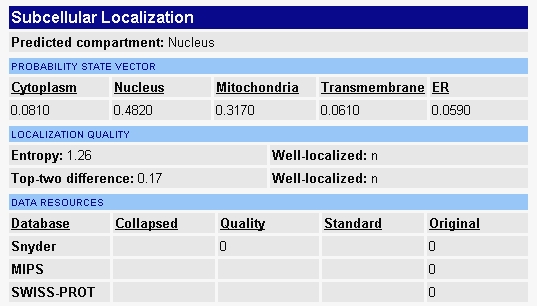
Figure 2- Predicted cellular localization for YGR058W from Yale Gerstein Lab
When I searched the DIP database to discover potential proteins YGR058W interacts with, I found this image (fig 3). YGR058W is located in the center and proteins which interact with YGR058W surround it. All but one of the orange proteins are non-annotated. The right most protein though is very telling. This protein is called protein kinase HOG1 and is mitogen-activated. Once again we see that YGR058W is connected to protein kinase function.
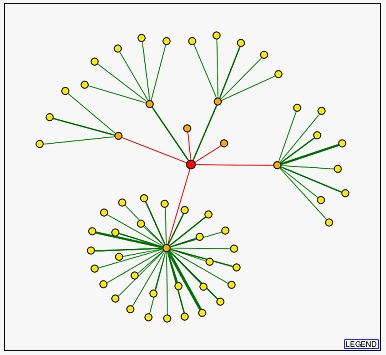
Figure 3- Protein interaction diagram from DIP
If you look below at the protein-protein interaction table from MIPS you'll find HOG1 seven from the bottom (figure 4). Here, YGR058W was connected to HOG1 in a two hybrid test. The evidence pinpointing YGR058W as a protein kinase is becoming convincing. Several of the other proteins that YGR058W interacts with below are involved in mitosis and the process of entering and exiting the cell division phase of the cell cycle or in cell mating. These include Lsb1, Ygr136w, and Ynl047c. Unfortunately, the protein complex portion of MIPS showed no hits.
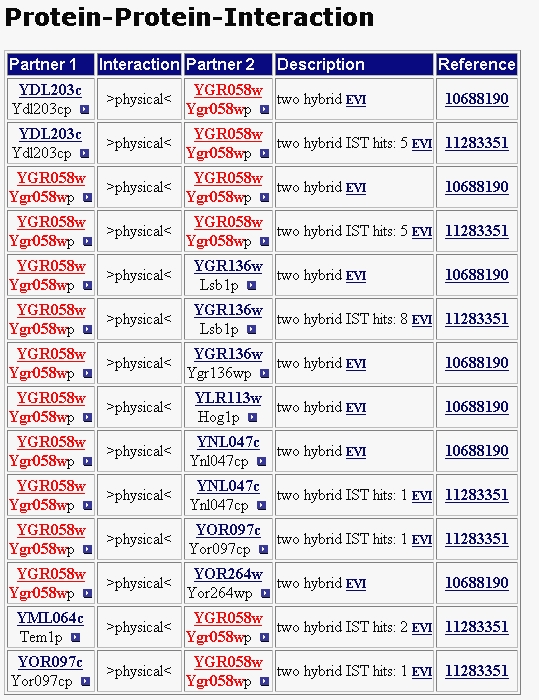
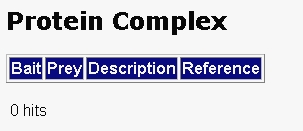
Figure 4 -Protein-protein interaction and protein complex from MIPS
Using the PDF files the Benno experiment, I searched for YGR058W to see if the protein is connected with expression in certain locations and states. In the degradation plot below we see that YGR058W is located in the center of a number of proteins (figure 5). The fact that YGR058W is possibly connected to degradation supports our earlier findings that it might be related to cell death and cell stress processes. Figure 6 shows YGR058W in the plot of proteins involved in aging in yeast. Once again this finding aligns with our previous findings on YGR058W's role in cell death. Figure 7 shows membrane proteins in yeast. YGR058W shows up again which makes the location of this protein uncertain given that previous findings put it in the nucleus. It is possible that this protein is involved in the nuclear membrane, though this would have to be further researched. It is also interesting to note that YGR058W clusters with similar proteins in all of these tree diagrams signalling that perhaps all of these proteins are related to similar processes. Further research should investigate where this protein is really located with in situ hybridization. It would also be helpful if research investigated either through DNA microarrays or protein chips whether YGR058W is found more in cells of aged yeast versus young wild type yeast or in yeast that have been exposed to heavy cell damage. Increased transcriptional induction or protein expression would further connect this protein to cell death and cell stress processes.
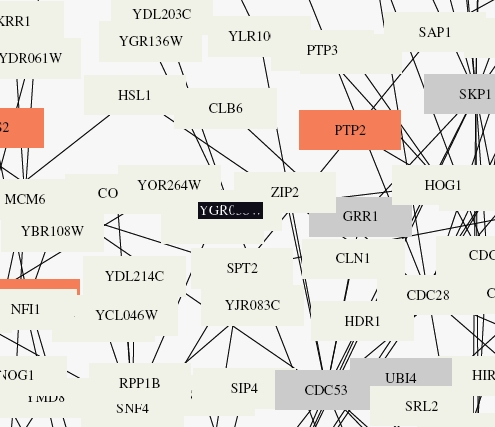
Figure 5 - Protein diagram of proteins involved in degradation in Saccharomyces cerevisaie
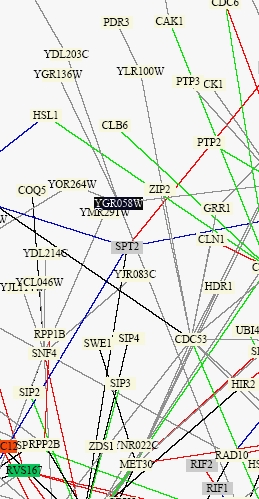
Figure 6 - Protein diagram of proteins involved in aging in Saccharomyces cerevisaie
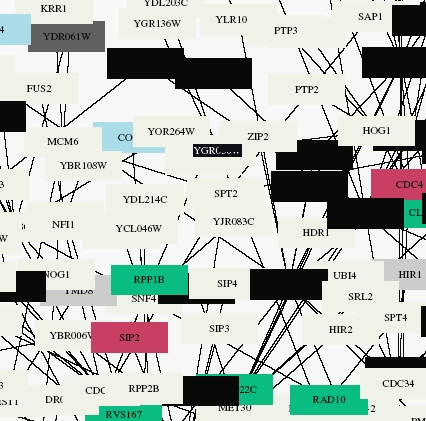
Figure 7 - Protein diagram of proteins localized in the membrane in Saccharomyces cerevisaie. Figure from Benno
NCBI - http://www.ncbi.nlm.nih.gov/
MIPS - http://mips.gsf.de/genre/proj/yeast/index.jsp
DIP - http://dip.doe-mbi.ucla.edu/dip/Search.cgi?SM=3
The Genomics Place - Benno PDF Files - http://occawlonline.pearsoned.com/bookbind/pubbooks/bc_mcampbell_genomics_1/chapter6/deluxe.html
ExPASy 2D - http://ca.expasy.org/cgi-bin/ch2d-search-ful
Yale Gerstein Lab - http://bioinfo.mbb.yale.edu/
Contact: Alex Trzebucki